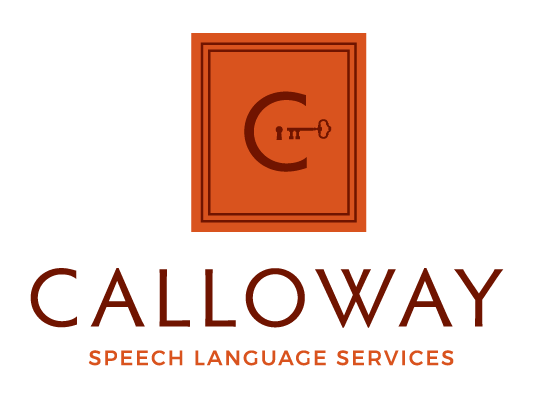Hi families! It has been a while since I have connected with you all on this platform. The current state of affairs on global and local scales has thrust me back into writing mode…so much to say, so little characters…But I digress!
Well this is different! As we embark on a new school year many things are left uncertain. From COVID protocols to remote learning, this school year will be one for the ages. What is not left up to uncertainty is the extensive work that many school districts and private practioners have undergone to make this school year and reopening therapy offices as productive as possible. Whether you chose to send your children to school, homeschool them, or a hybrid of the two you’ve made the right choice! As speech therapists, therapy in the time of a pandemic has stretched creativity, patience and innovation as we look to service our most vulnerable children. Boom Cards, Webex and Zoom have become regular lexicon in our conversations as document cameras have replaced old school projectors.
Teletherapy -or therapy delivered via an online platform- is not new to the profession of speech pathology but there has been a significant uptick in the usage of virtual therapy platforms to accommodate new instruction styles. The question that begs an answer is who fits the criteria for this learning style? Here are some bullet points to help therapists and families determine what will work for their family:
1. In order to provide high-quality teletherapy (online speech therapy), the environment, the location, of both the student, the parent and the clinician needs to be considered. Light, seating arrangements, distractions, noise level, comfort and safety should be evaluated and modified as needed prior to beginning of a session.
2. Younger children working from home may need the supervision of their parents, especially in the beginning of the program. The parent may need to teach the child the basic computer skills needed for speech telepractice and help the child get ready for his or her sessions. For those who require more play-based therapy and have significantly challenged eye contact, using a non-face-to-face interaction may not be suitable.
3. Families should be prepared to login 5-10 minutes early or stay connected after the session to communicate with your therapist to go over any troubleshooting with the platform you are using or to discuss what is and is not working for your child. The speech pathologist can offer strategies that may not involve virtual learning platforms if your child struggles to sit in front of a computer or tablet.
